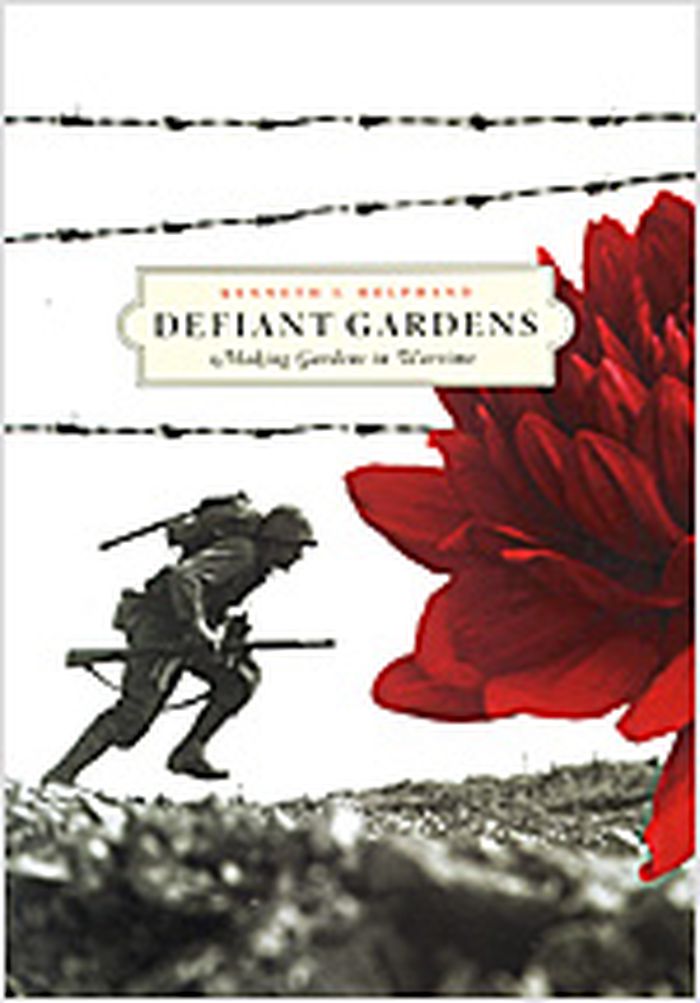$45.50
(disponible sur commande)
Résumé:
Wartime gardens are dramatic examples of what landscape architect Kenneth Helphand calls defiant gardens—gardens created in extreme social, political, economic, or cultural conditions. Illustrated with ninety-five compelling archival photographs and illustrations, some from the Gulf Wars, this remarkable book examines gardens of war in the twentieth century—a period(...)
Defiant gardens : making gardens in wartime
Actions:
Prix:
$45.50
(disponible sur commande)
Résumé:
Wartime gardens are dramatic examples of what landscape architect Kenneth Helphand calls defiant gardens—gardens created in extreme social, political, economic, or cultural conditions. Illustrated with ninety-five compelling archival photographs and illustrations, some from the Gulf Wars, this remarkable book examines gardens of war in the twentieth century—a period of the deadliest wars in human history—including gardens soldiers built inside and behind the trenches in World War I; gardens built in the Warsaw and other ghettos under the Nazis during World War II; gardens in the POW and civilian internment camps of both world wars; and gardens created by Japanese Americans held at U.S. internment camps during World War II. Proving that gardens are far more than peaceful respites from the outside world, "Defiant gardens" is a thought-provoking analysis of why people build and work in gardens. Helphand portrays the dramatic range of circumstances in which people have created gardens—as a means of nourishment, as a pursuit of beauty, and as an expression of hope. This history of gardens during wartime documents how gardens have humanized landscapes and experience, even under the most dire conditions.
Théorie du paysage
